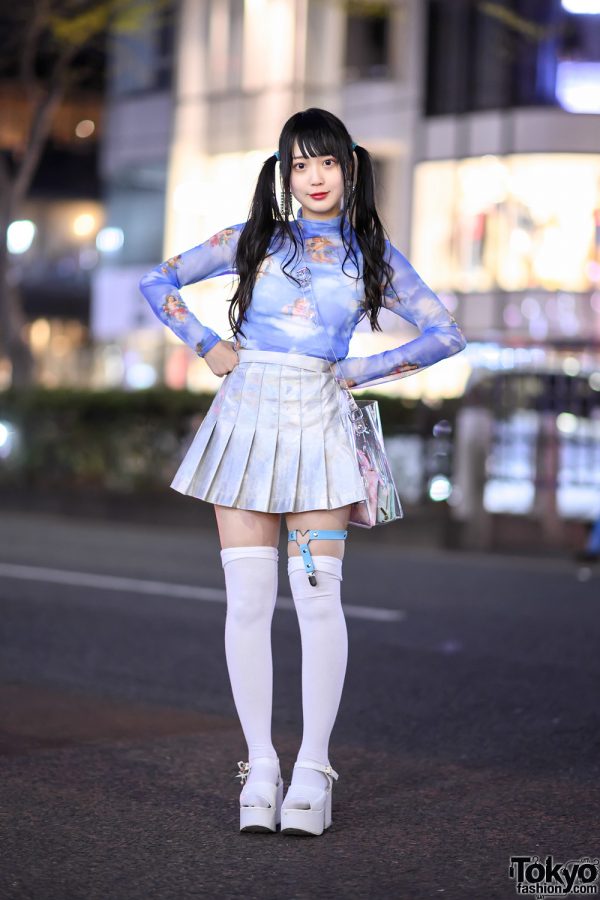
Prime Minister explains rationale behind decision and compares people of Japan to flowers, but not cherry blossoms.
After more than a year of intense speculation and anticipation, the name of Japan’s new imperial era was announced on April 1. Standing in front of assembled reporters, Chief Cabinet Secretary Yoshihide Suga held up a placard with calligraphy of the two kanji characters that make up the new name: Reiwa, written in Japanese as 令和.

Emperor Akihito is set to abdicate his position at the end of the month, the first time for a Japanese emperor to do so in more than 200 years. That moment will also mark the end of the Heisei period, which began when Akihito became emperor in 1989.
The first of the two kanji in Reiwa, 令, means “order,” in the sense of “orderly calm.” The second 和, means “peace” or “harmony” and is also commonly used to refer to Japan itself (stemming from Yamato, written 大和, one of the name’s used for Japan long ago). As such, the meaning of Reiwa could be interpreted as “Orderly Peace” or “Orderly Harmony,” or, in a larger sense, “an orderly, peaceful Japan.”
Following the unveiling of the new era name, Prime Minister Shinzo Abe, whose cabinet selected Reiwa from among proposals offered by a panel of scholars, spoke about the choice. While all previous era names, such as the current Heisei, have often been based on auspicious phrases from Chinese literature, Reiwa is the first to come from a Japanese source, and is taken from a poem about plum blossoms in the Manyoshu, the oldest printed collection of Japanese poetry, which was compiled in the 8th century. In his address, Abe said that the idea that “Culture is born through the beauty of people caring for one another” is included in the cabinet’s interpretation of the new era’s name. He also spoke on how the Manyoshu was read not just by nobles and aristocrats, but also by the common people, and that the name Reiwa represents a desire to carry Japan’s traditions into the new age.

“After a cold winter, spring comes. Like beautiful plum blossoms, the Japanese people, with hope for tomorrow in their hearts, can each make flowers bloom,” Abe said.
The Reiwa era officially begins at the stroke of midnight on May 1, the same moment in which Emperor Akihito officially abdicates and his son Crown Prince Naruhito becomes Japan’s new emperor.
Sources: Yahoo! Japan News/Oricon News, YouTube/首相官邸
Images: YouTube/首相官邸
● Want to hear about SoraNews24’s latest articles as soon as they’re published? Follow us on Facebook and Twitter!





























